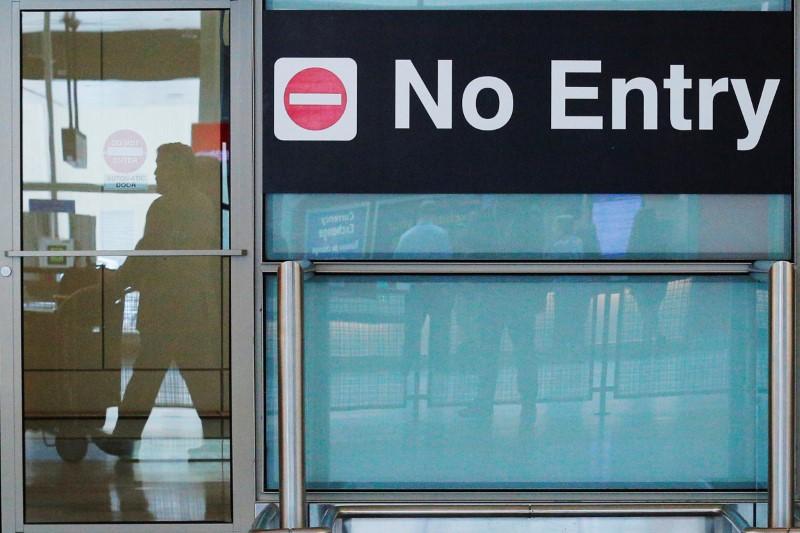WASHINGTON—The State Department rejected more than 37,000 visa applications in 2018 because of the Trump administration’s travel ban, up from fewer than 1,000 the previous year, when the ban hadn’t fully taken effect, according to agency data.
The United States denies almost 4 million visa applications a year for a variety of reasons, including for practicing polygamy, abducting children, or simply not qualifying for the visa in question. The data released Feb. 26 was the first comprehensive look at the effects of the ban ordered by President Donald Trump shortly after he took office, and which was initially blocked by federal courts.





